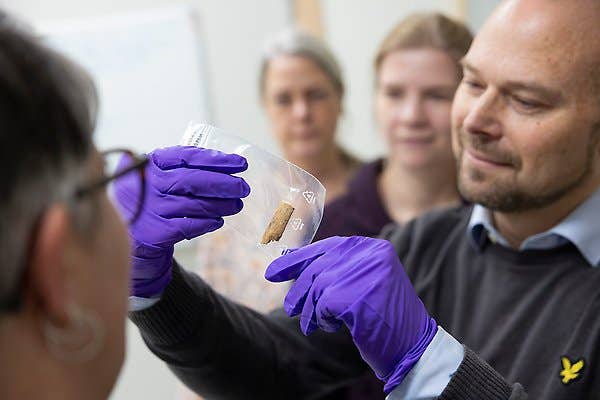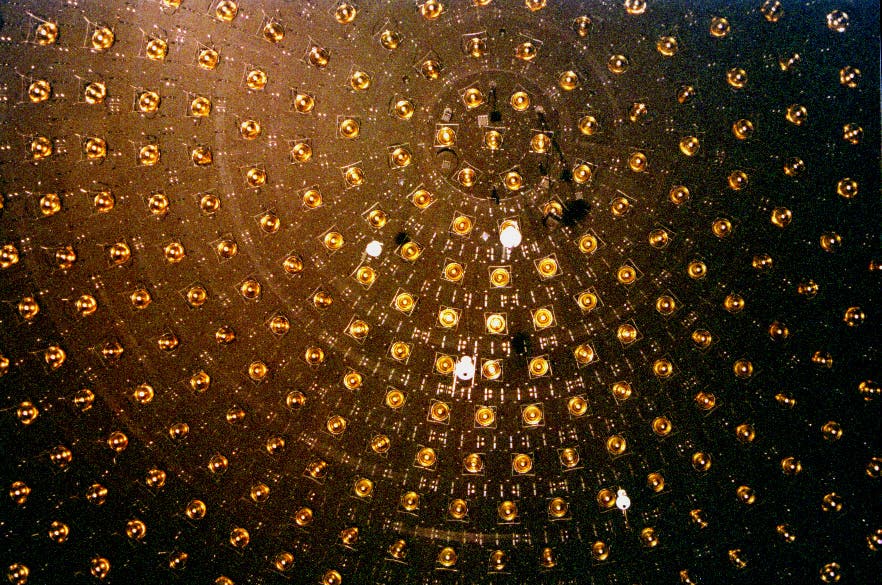Perfectly shaped cosmic bubble in space baffles astronomers
Astronomers uncover Teleios, a rare and perfectly circular supernova remnant in the Milky Way, baffling researchers with its symmetry.
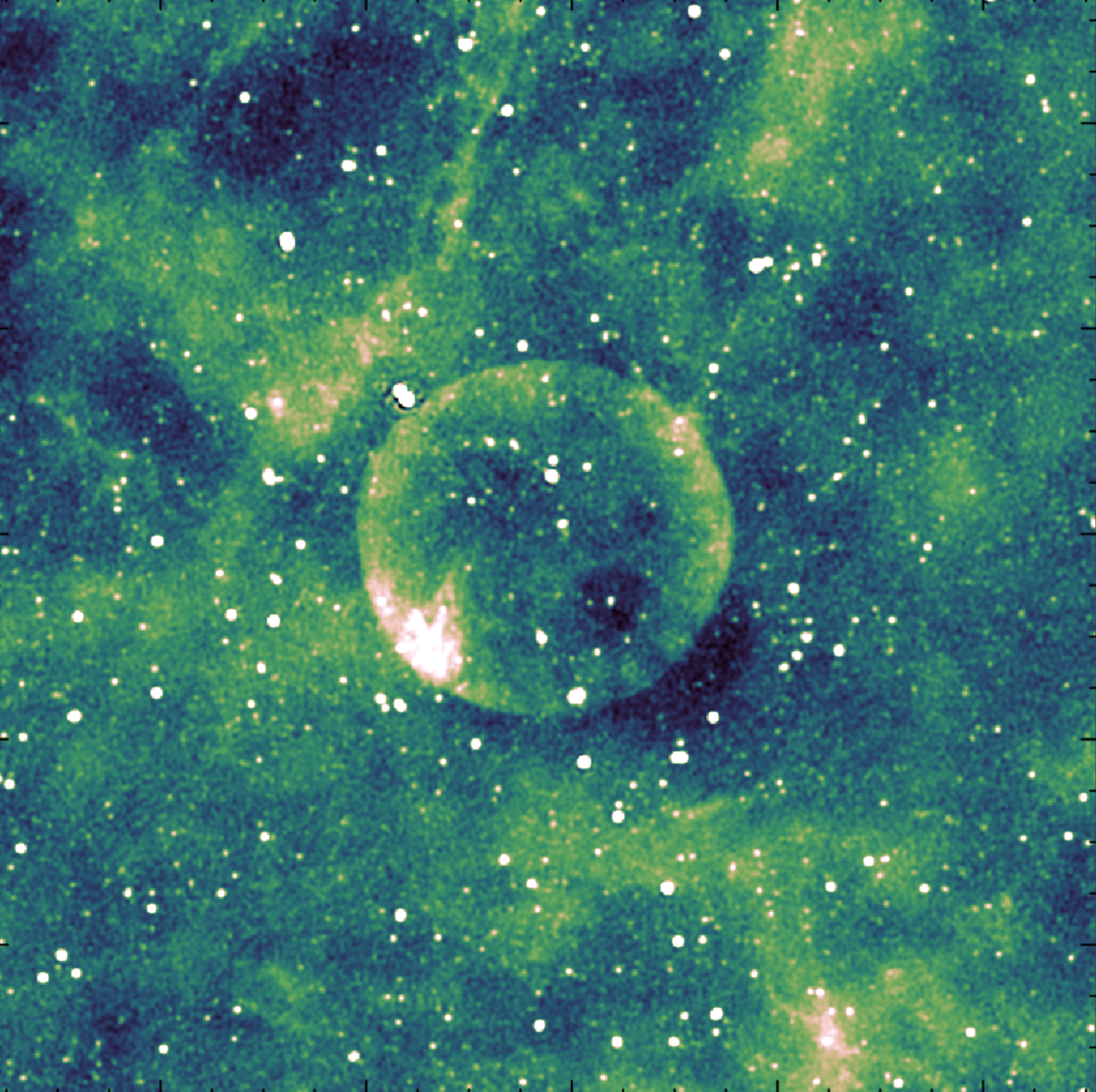
This is the shape of the newly studied, strangely spherical supernova remnant. (CREDIT: Filipovic et al. / arXiv)
Astronomers have spotted something remarkable hiding in the depths of the Milky Way—a nearly perfect circle formed from the debris of an exploded star. Known as Teleios, from the Greek word meaning "perfect," this mysterious bubble has caught scientists' attention due to its exceptional symmetry and puzzling features.
The discovery was accidental. Astrophysicist Miroslav Filipović from Western Sydney University stumbled upon Teleios while exploring images from Australia's powerful radio telescope, the Australian Square Kilometre Array Pathfinder (ASKAP).
Part of ASKAP’s ambitious Evolutionary Map of the Universe (EMU) project, these images captured the faint glow of this expanding shell. Teleios stood out immediately for its unique, almost flawless circular shape.
A Rarely Perfect Cosmic Bubble
Astronomers often see remnants of supernovae, gigantic explosions marking the deaths of stars. These remnants typically appear uneven or distorted due to chaotic explosions or interactions with nearby interstellar material. But Teleios defies this trend with its near-perfect roundness. Scientists measured its circularity at an impressive 95.4%, ranking it among the most symmetrical supernova remnants ever found.
"What makes Teleios' shape so remarkable is that it displays none of these asymmetries," explained Filipović. "It looks like an explosion that happened with nearly perfect conditions, encountering minimal disruption while expanding."
Related Stories
Calculating the Cosmic Distance
Determining Teleios's exact distance has proven challenging. Researchers used radio measurements to estimate two possible distances: roughly 7,175 light-years or about 25,114 light-years from Earth. This large discrepancy creates uncertainty about Teleios’s actual size and age.
At the nearer distance, the bubble would span approximately 46 light-years, suggesting it is younger, likely under 1,000 years old. At the farther distance, the remnant would measure around 157 light-years across, indicating an age exceeding 10,000 years.
"Both scenarios raise interesting questions," said Filipović. The significant difference in potential ages directly influences theories about Teleios's origin and evolutionary stage.
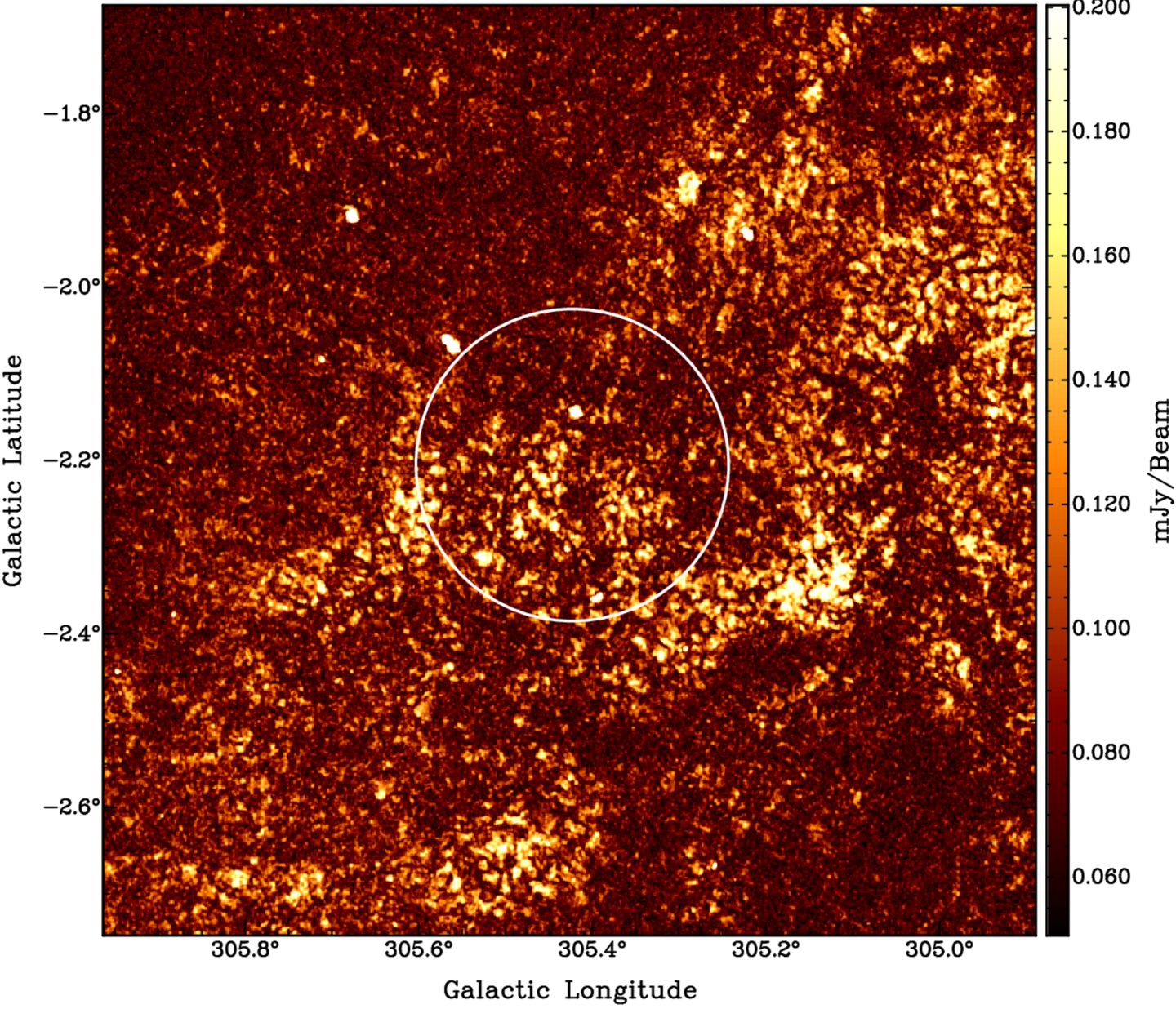
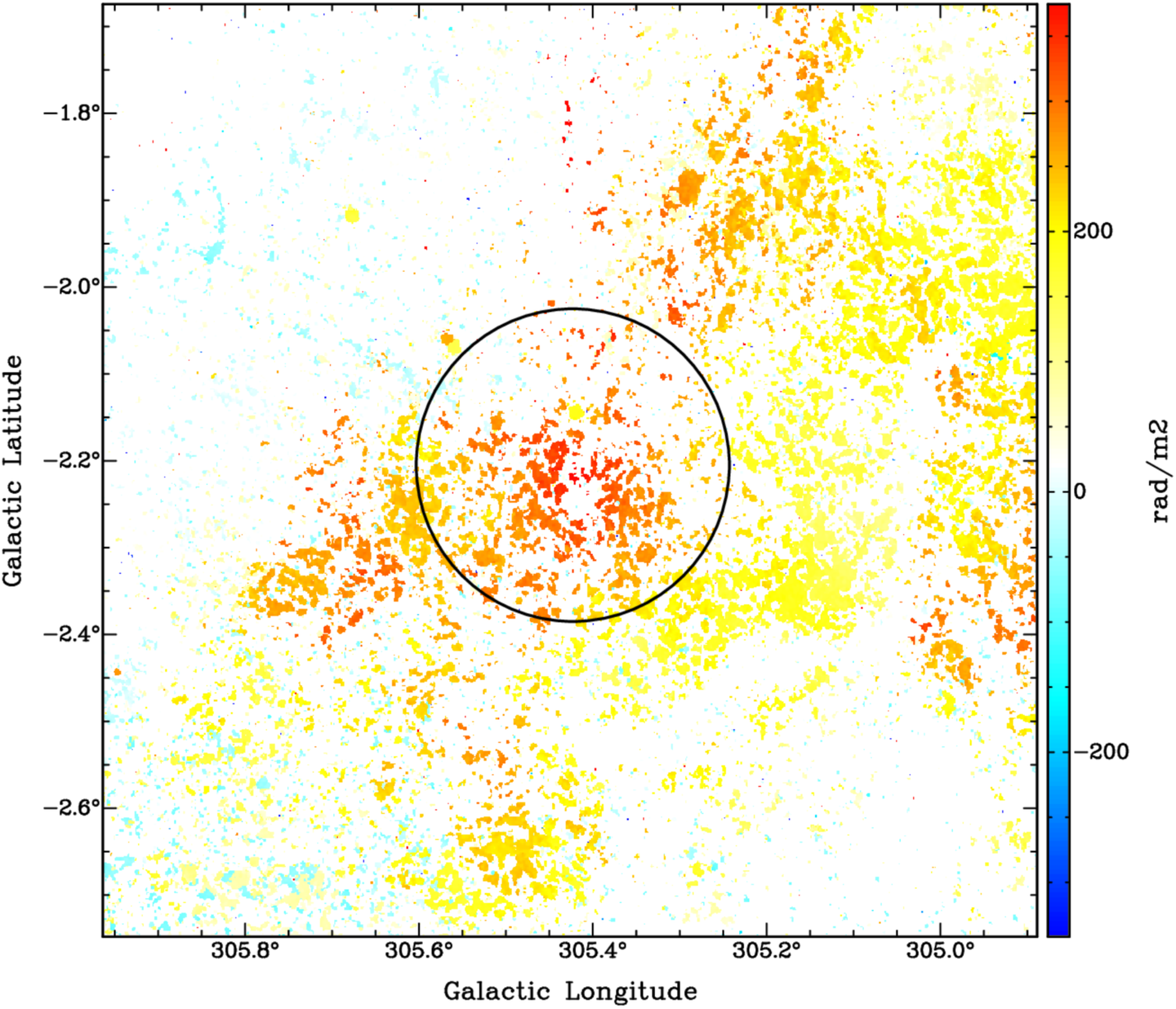
Mysteries of the Missing X-rays
One key puzzle is Teleios’s unusual emission patterns. Typically, supernova remnants emit strongly across multiple wavelengths, including visible light and X-rays. Yet Teleios is only detectable at radio wavelengths, with slight hints of hydrogen-alpha and gamma-ray signals. Most perplexingly, expected X-ray emissions—common indicators of energetic and expanding remnants—are entirely absent from current data.
"Most supernova remnants show emissions at optical, infrared, or X-ray frequencies," noted Filipović. "The absence of X-ray emissions here is confusing. Perhaps the temperatures aren’t high enough, or Teleios might be old enough for optical emissions to fade."
Researchers have considered multiple scenarios to explain Teleios’s nature. Initially, it appeared likely that a Type Ia supernova created Teleios. Such events occur when a white dwarf star absorbs too much material from a nearby star and explodes spectacularly. However, the absence of X-rays contradicts this model, leaving scientists scratching their heads.
Another intriguing scenario involves a rarer Type Iax supernova. These explosions are similar to Type Ia but leave behind a "zombie" star—a surviving remnant. This scenario fits Teleios's unusual properties, but it would require Teleios to be significantly closer to Earth, around 3,262 light-years away. Although there's a candidate star at this distance, none of the independent measurements support Teleios being that close.
"All scenarios we explored face significant challenges," Filipović explained. "The absence of X-ray emissions, in particular, contradicts expectations from our models."
Why Such Perfect Symmetry?
Aside from its emission peculiarities, Teleios’s perfect shape raises questions. Most supernova remnants become irregular over time due to uneven expansions and interactions with gas and dust. Teleios, however, seems to have expanded in a remarkably uniform environment.
Scientists speculate Teleios formed in a relatively empty region of space, just below the Galactic Plane, where interstellar material is scarce. This emptiness would allow uniform, uninterrupted expansion, preserving its spherical shape.
"Teleios is unusual because it hasn't faced any major disruptions," Filipović stated. "It's in a place with much less gas and dust, allowing it to maintain this extraordinary shape."
New Tools, New Discoveries
Discoveries like Teleios highlight the transformative impact of modern telescopes like ASKAP and MeerKAT. Recent surveys using these advanced instruments have identified numerous previously hidden remnants, expanding astronomers’ knowledge significantly. As Filipović points out, "These are the 'golden days' for radio astronomy."
Continued observation and advanced modeling are crucial to solving Teleios's mysteries. New observations could confirm its precise distance and reveal elusive X-rays, clarifying its true nature and evolutionary history.
"We have made an exhaustive exploration based on surface brightness, apparent size, and possible distances," the researchers wrote. "New, sensitive, high-resolution observations are urgently needed to definitively solve this puzzle."
An Unfolding Cosmic Puzzle
Teleios’s discovery underscores how much remains unknown about supernova remnants and stellar evolution. Each new finding challenges existing models, inviting astronomers to refine theories about these explosive events and their roles in galaxy formation.
For now, Teleios remains an intriguing anomaly—beautifully symmetrical yet scientifically elusive. Its mystery continues to captivate astronomers, promising further surprises as deeper investigations unfold.
Research findings are available online in the journal arXiv.
Note: The article above provided above by The Brighter Side of News.
Like these kind of feel good stories? Get The Brighter Side of News' newsletter.

